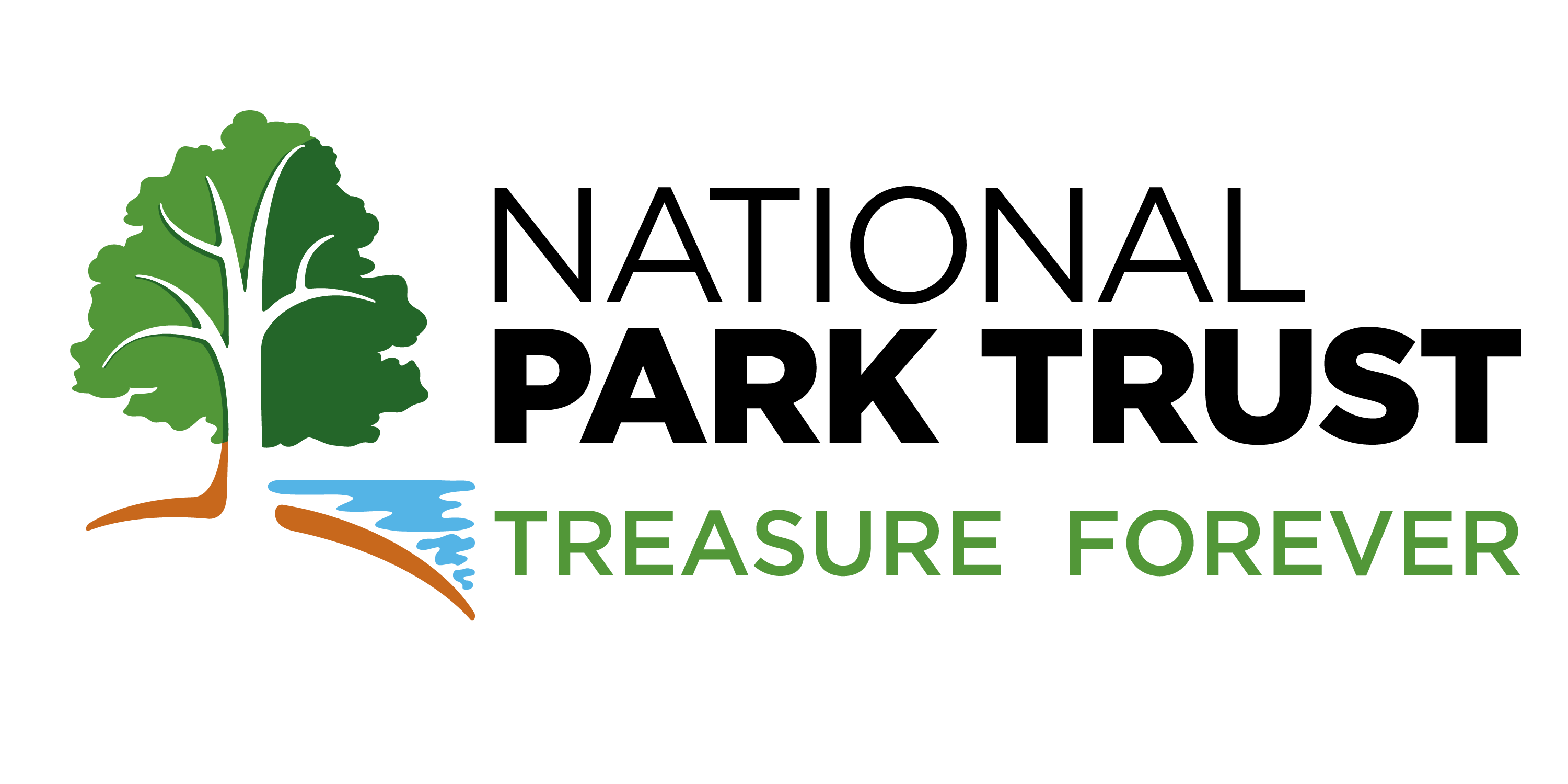Protected Park
Valles Caldera National Preserve, NM
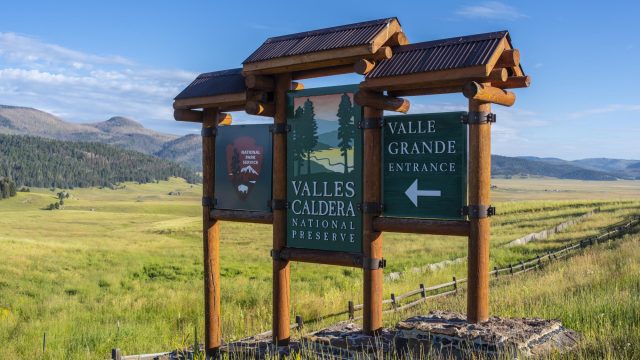
National Park Trust donors helped to obtain the last privately-held land in the park. It marked the end of an 11 year-long effort to protect the supervolcano’s unique geothermal wonders.
Since 2008, the National Park Service had its eye on the 40-acre parcel, hoping it would be put up for sale. Their chance finally came in 2019, and Park Trust’s community of supporters was there to quickly fund the purchase. The property boasts an uncommon collection of sulfuric acid fumaroles, mud pots, and hot springs that visitors will finally be permitted to explore. Valles Caldera superintendent, Jorge Silva-Bañuelos, said “the property, with a little TLC, will be a stunning showcase of the park’s geologic history and will likely help us secure a designation as a park with significant geothermal resources.”
Because the 40-acre parcel was once used as a health spa, many of the springs have interesting names such as Kidney and Stomach Trouble Spring, Lemonade Spring, Footbath Spring, and Sulphur Spring! Read the press release.
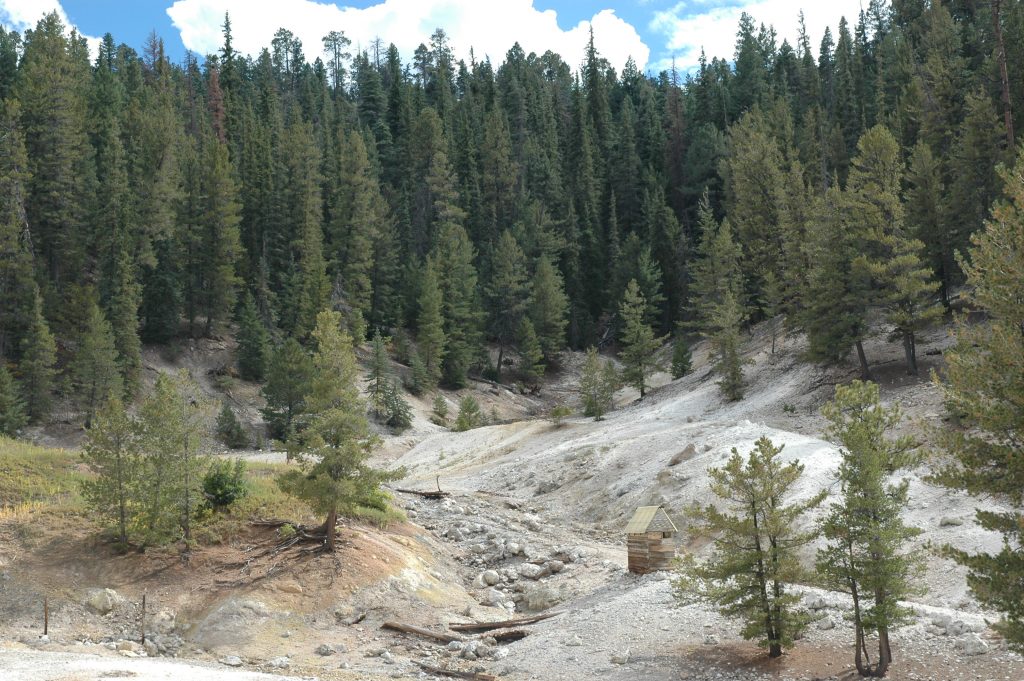
Park Unit Features
- The caldera is one of the world’s twenty known supervolcanoes and the oldest in the U.S. It exploded 1.5 million years ago, piling up 150 cubic miles of rock, and blasting ash as far away as Iowa. It created a 13-mile-wide circular depression. Geologists suspect the violent eruption is connected with the pulling apart of the western United States’ portion of the North American tectonic plate.
- The Preserve protects 40 miles of pristine trout streams, 66,118 acres of conifer forest, and 17 endangered plant and animal species. The state’s largest herd of 8,000 elk graze the 25,000 acres of grassland.
- The Jemez River and San Antonio Creek start here. Hot springs, natural gas seeps, and volcanic domes dot the landscape. The area has significant Native American religious and cultural sites. As the discovery of ancient obsidian spear points, pottery, and home structures shows, humans began living there about 11,000 years ago. Several Native American tribes were there during certain seasons. They hunted and collected obsidian for spear and arrow points.
- In the late 1800s and early 1900s, ranching, timbering, and mineral extraction changed the park area. Since then, the natural landscape is slowly reappearing.
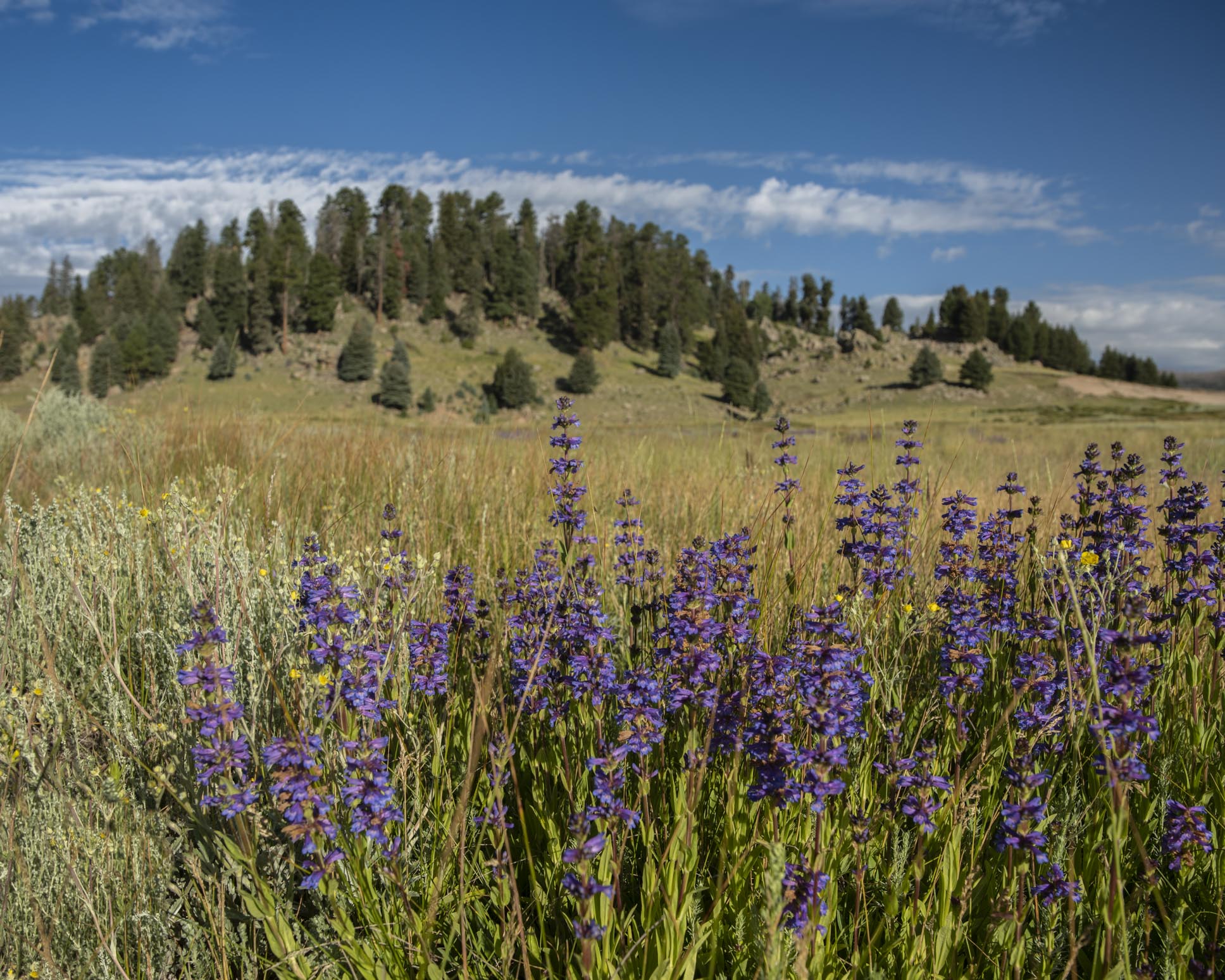
Project Details:
Fiscal Year: 2020
Parcel Sizes: 40 acres
Project Value: $500,000
Long-Term Significance of the Acquisition:
- This property preserves one of the most unique collections of volcanic geothermal features in the United States.
- It cleans up an old mineral mine site
- Protects geothermal features
Value to the Park and Public:
- Eliminates development inside the Preserve
- Transfers last private land in Preserve to NPS
- It will open this special area to the public
- Adds to the enjoyment of park visits
Soon, park visitors for generations to come will be able to explore volcanic science at this stunning site!
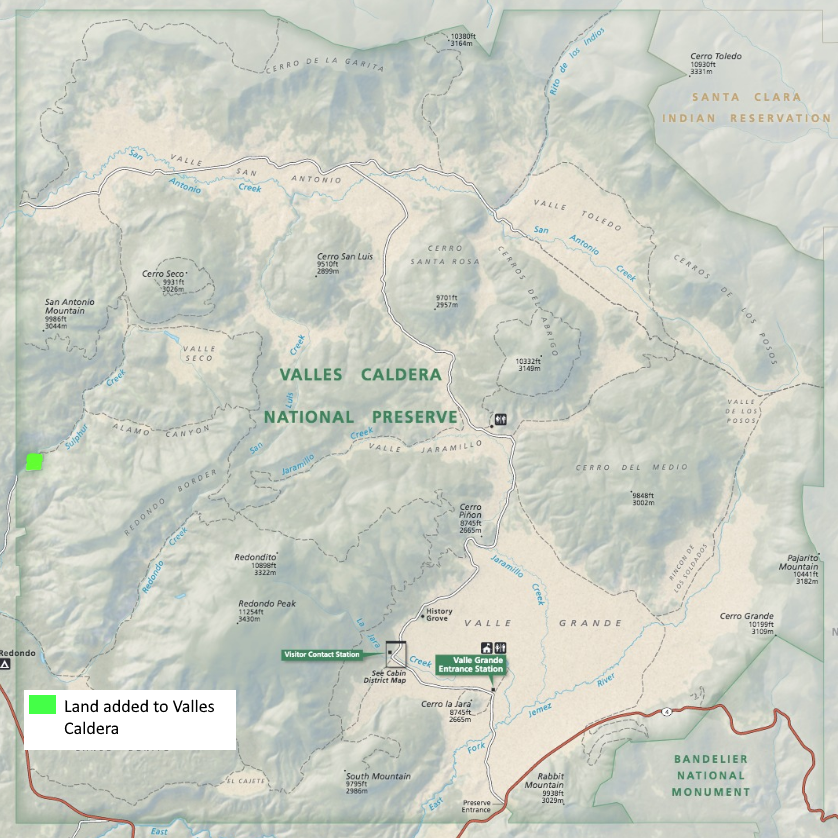

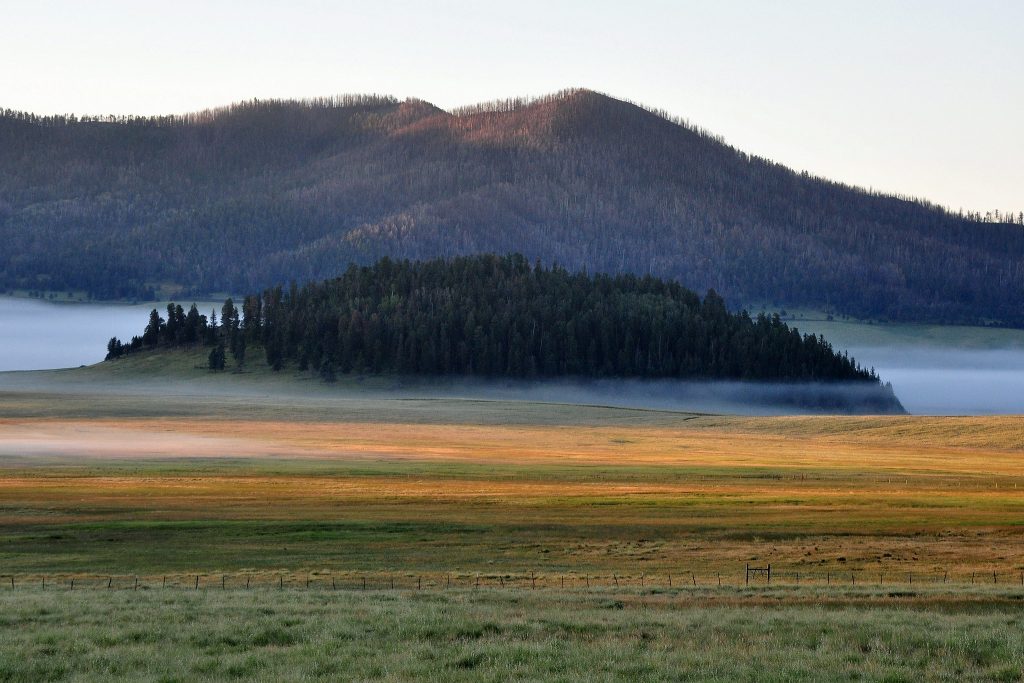
Valles Caldera 
Valles Caldera structure 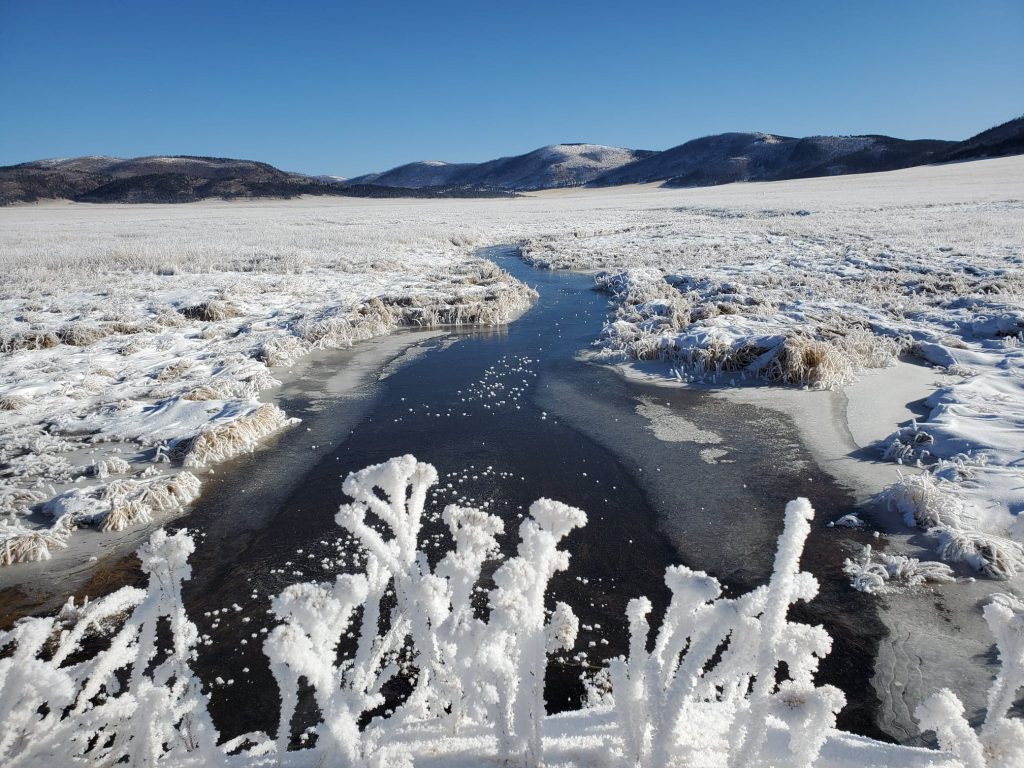
Valles Caldera, PC: Emily Guss 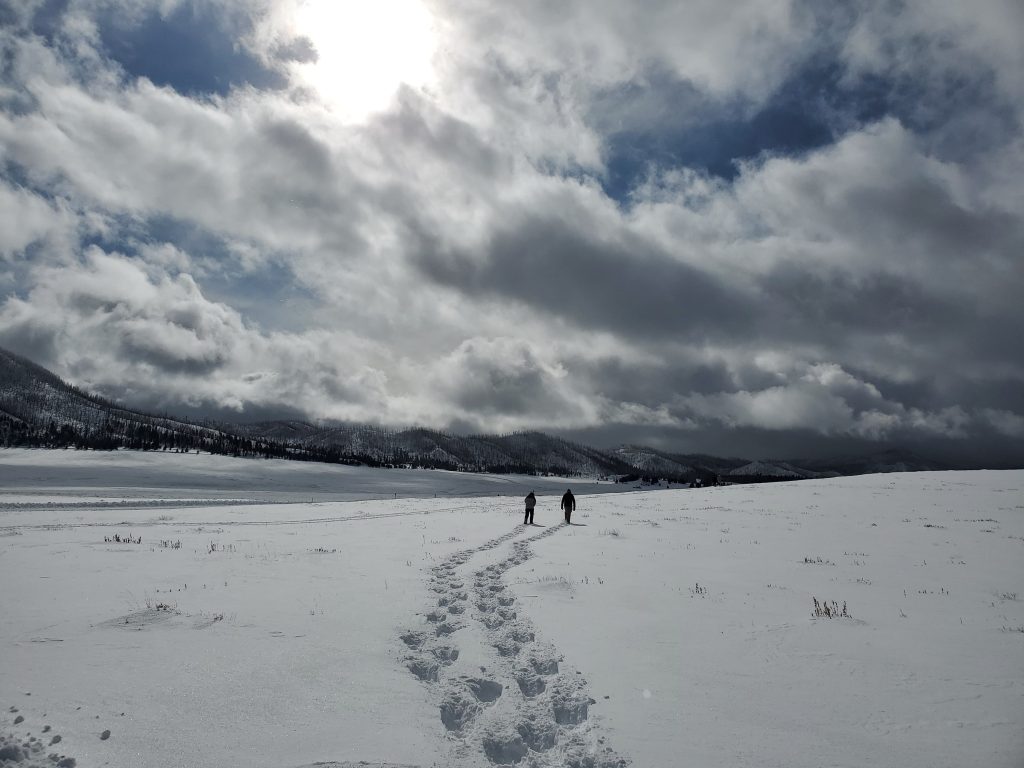
Valles Caldera in winter, PC: Emily Guss

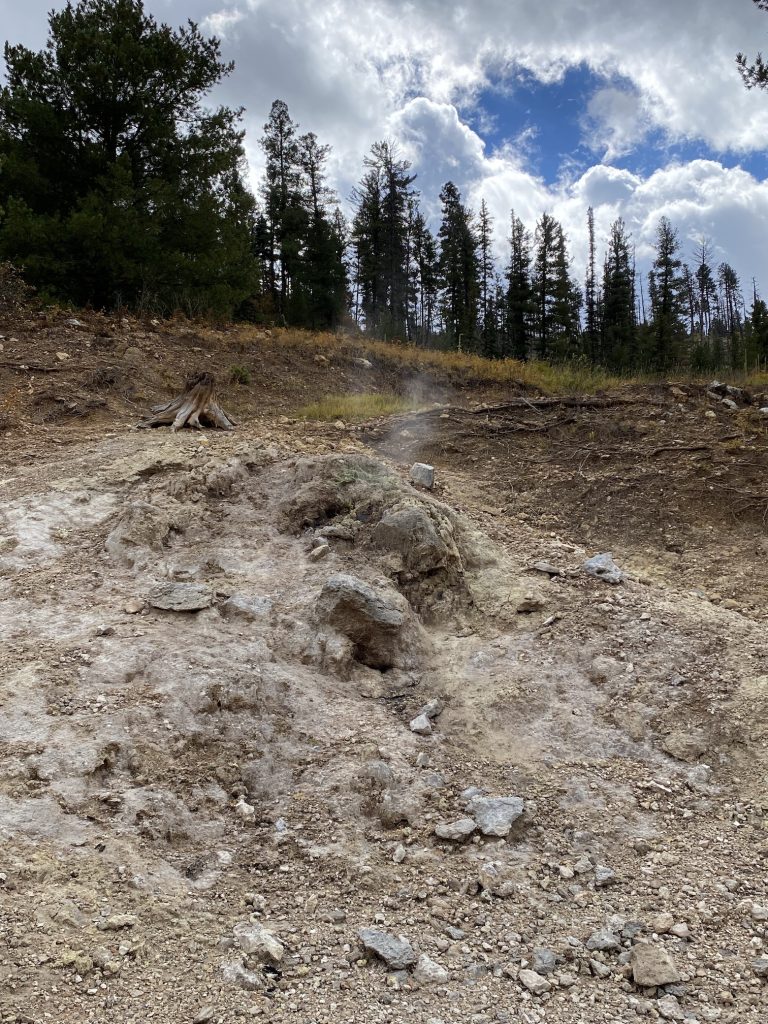
Sulfuric Acid Fumaroles 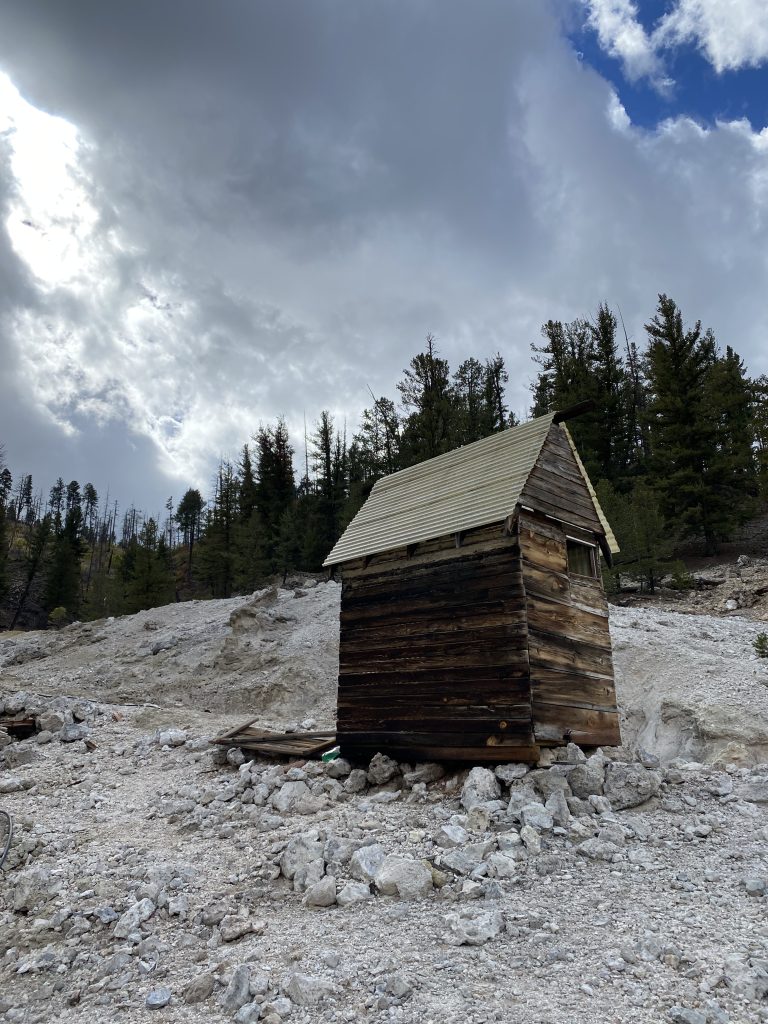
Old Bathhouse Found on the property 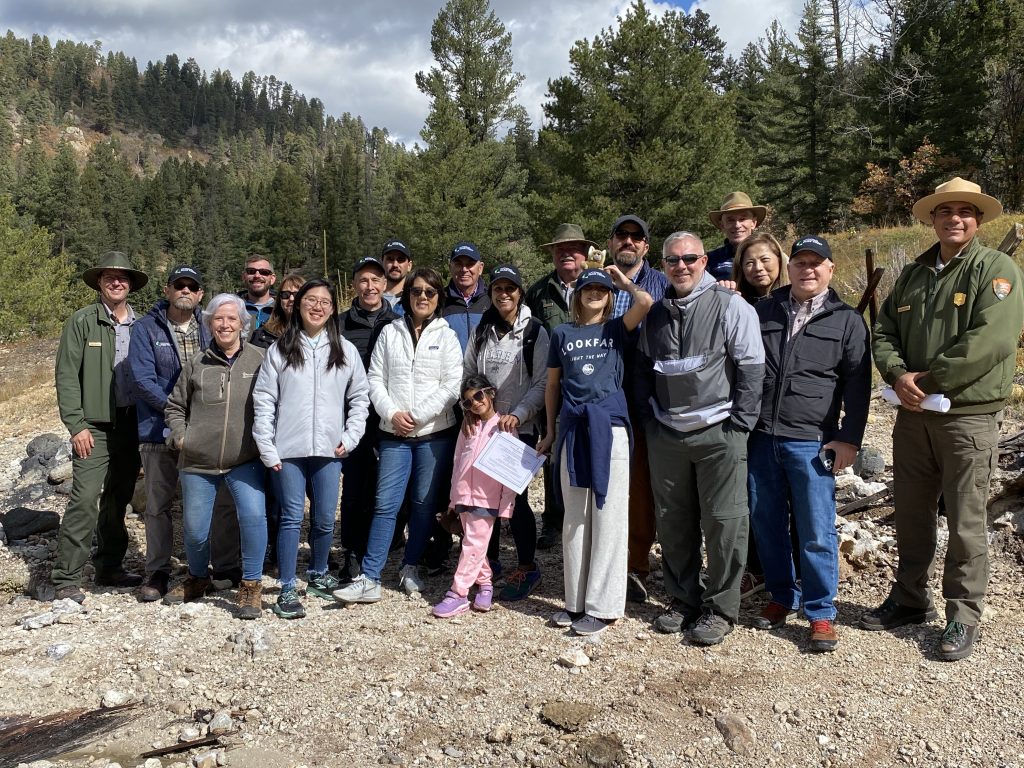
Park Trust Board and Staff Visiting Protected Site 
